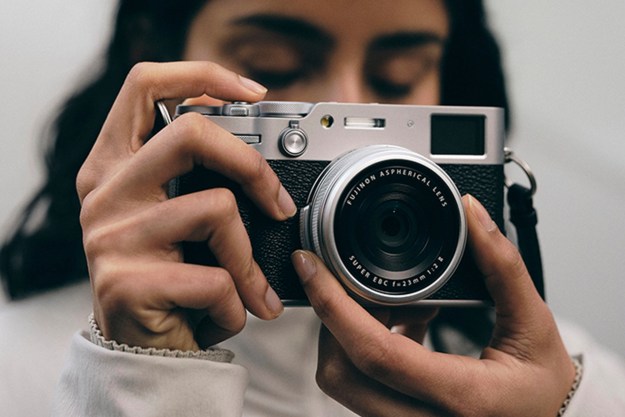
The camera isn’t some super-fancy sports shooter (and doesn’t get traditional images), but is designed with scientific applications in mind — for example, recording the details of a chemical explosion. The original CUP is a one-dimension streak camera that captures light as it travels at 100 billion frames per second, but in their latest efforts, the team added a CCD as a second source of gathering information. The combination led to enhanced contrast, as well as additional information about distance.
Researchers say they hope to eventually use the redesigned camera to photograph neurons, displaying how information passes in a mammal’s nervous system, though the next step is obtaining funding for testing to see if the camera is indeed up to that task.
“We want to use our new camera to study a living animal’s neural network in action,” said Lihong Wang, who led the project with Gene K. Beare, to Phys.org. “This would reveal how the neural network functions, not just how the neurons are connected. If you were to think of the neural network as streets in a city, right now we can see the layout of the streets, but we want to see the traffic to understand how the whole system functions.”
The camera can be used in a number of other scientific applications, the team says, including photographing supernovas. The camera can also photograph chemical reactions and explosions — something that’s currently only possible by creating multiple explosions and merging the images together to represent a single event.




